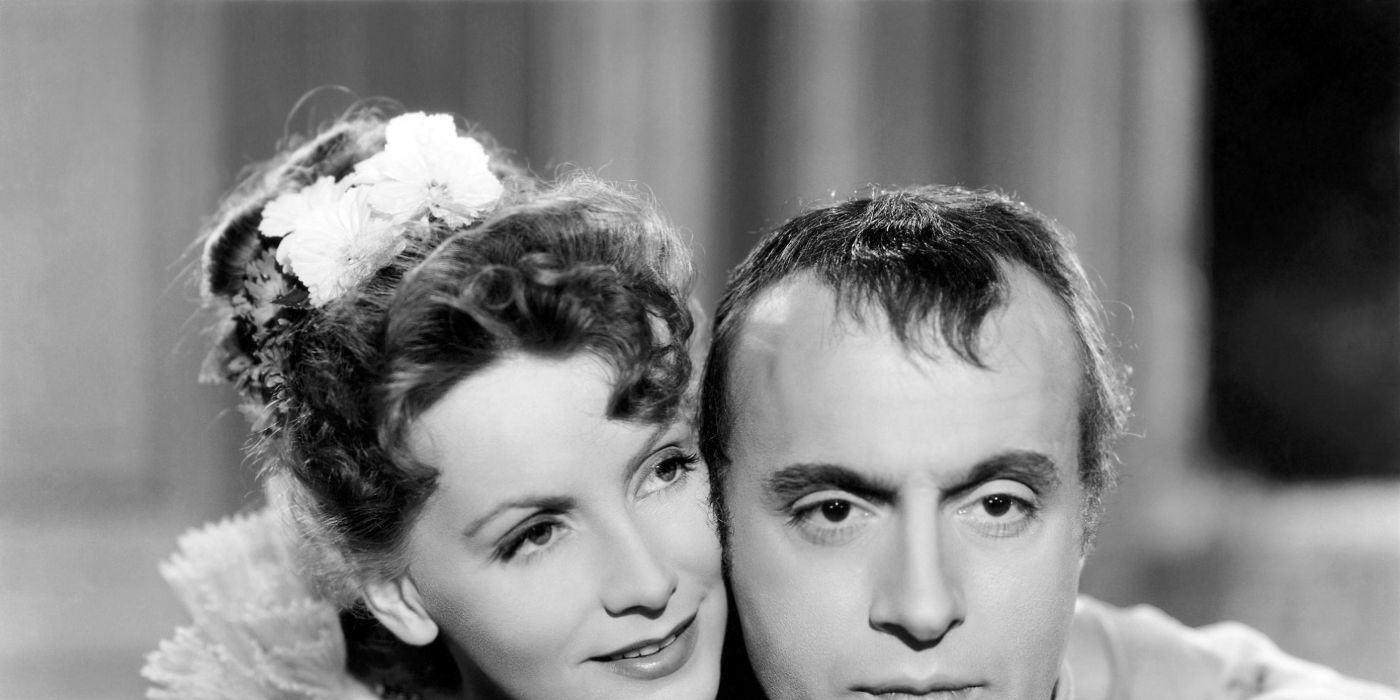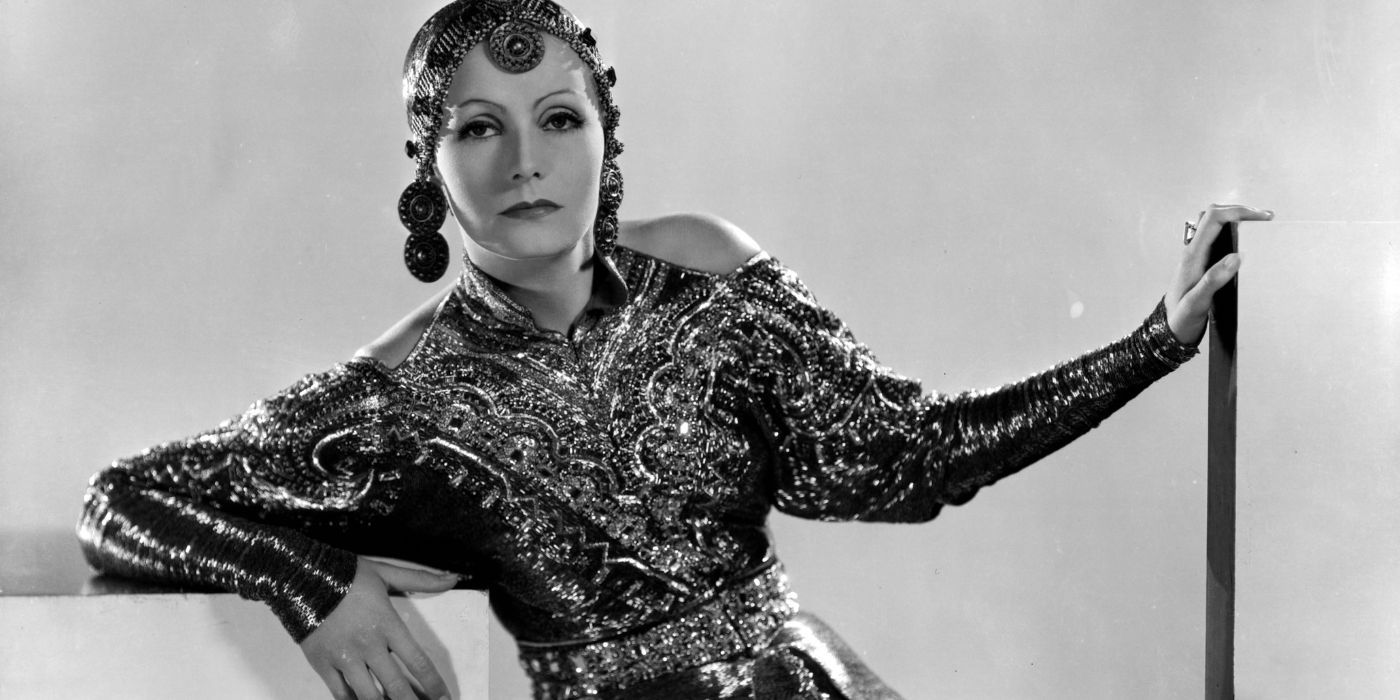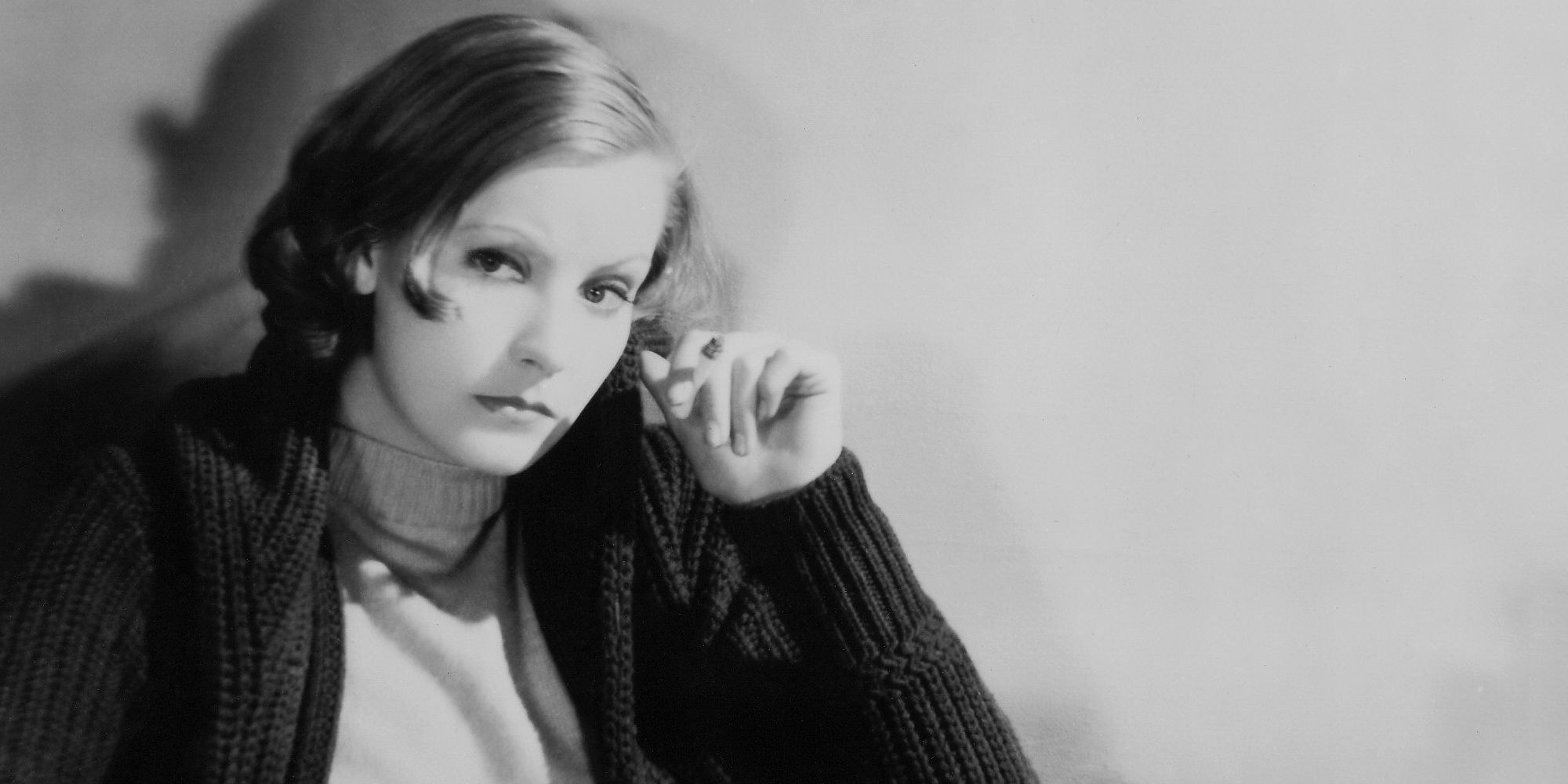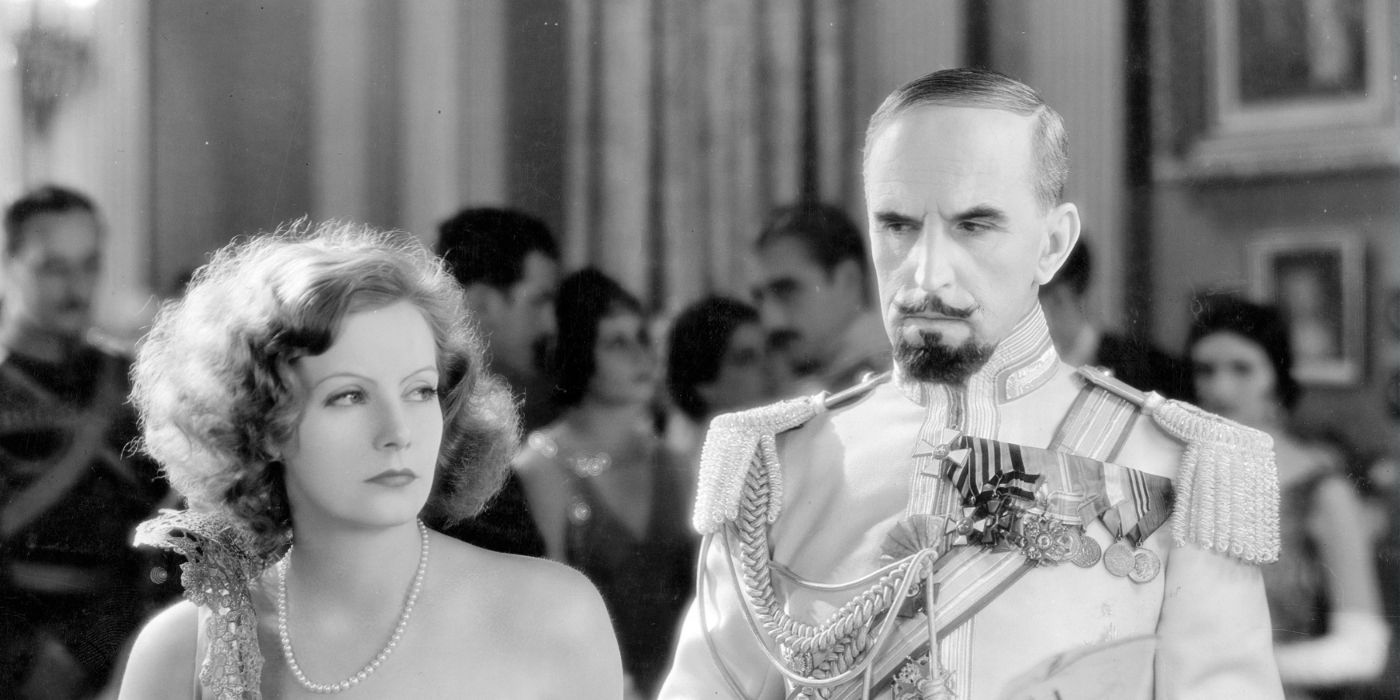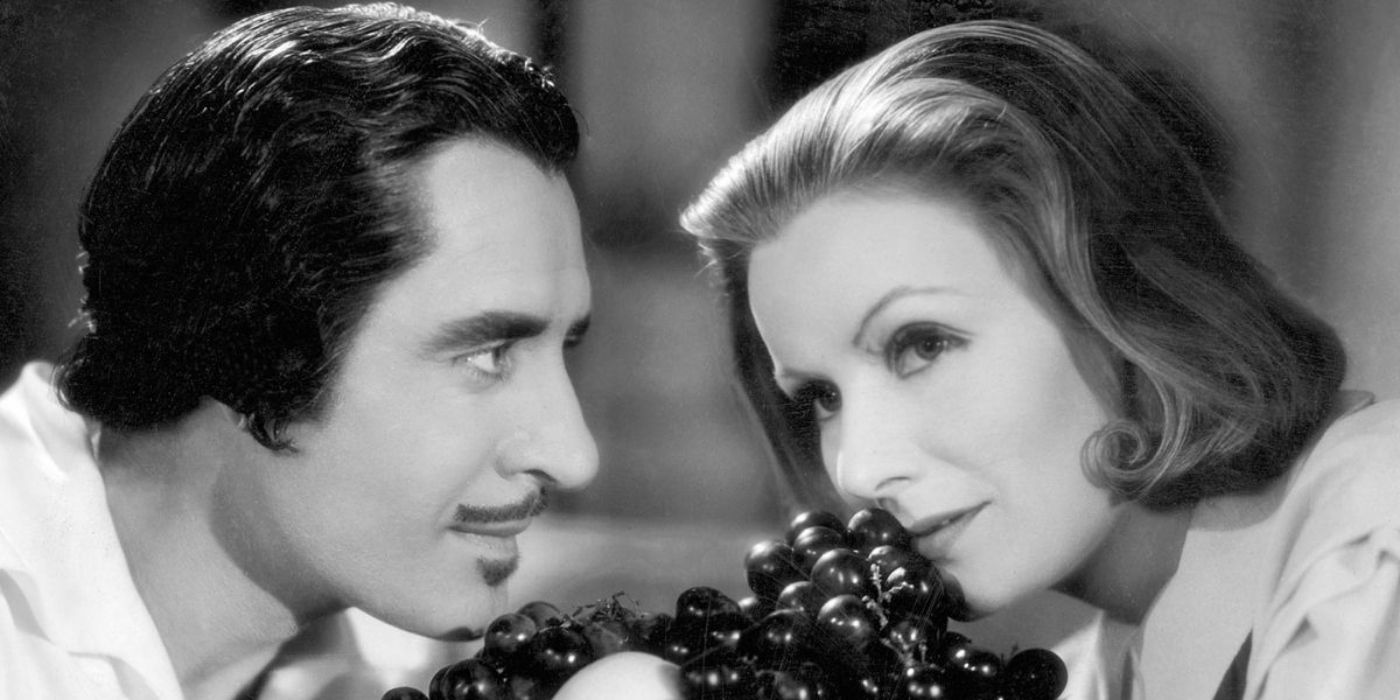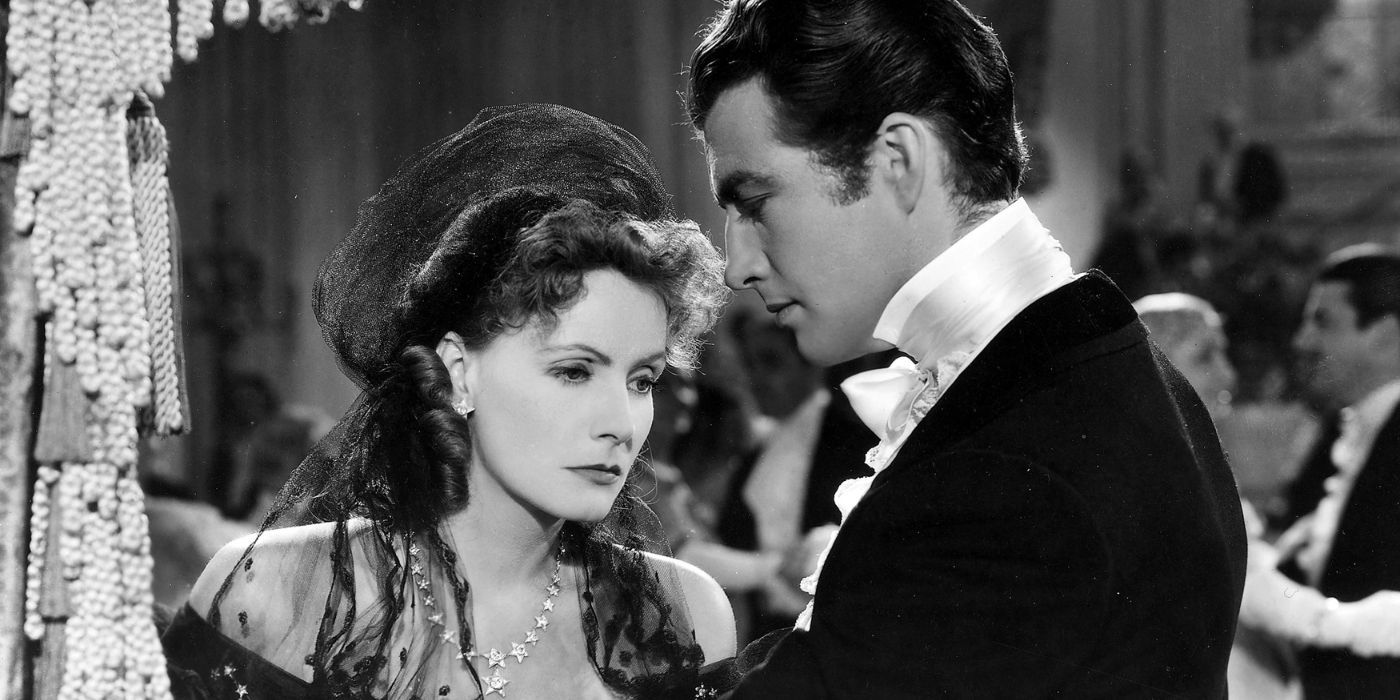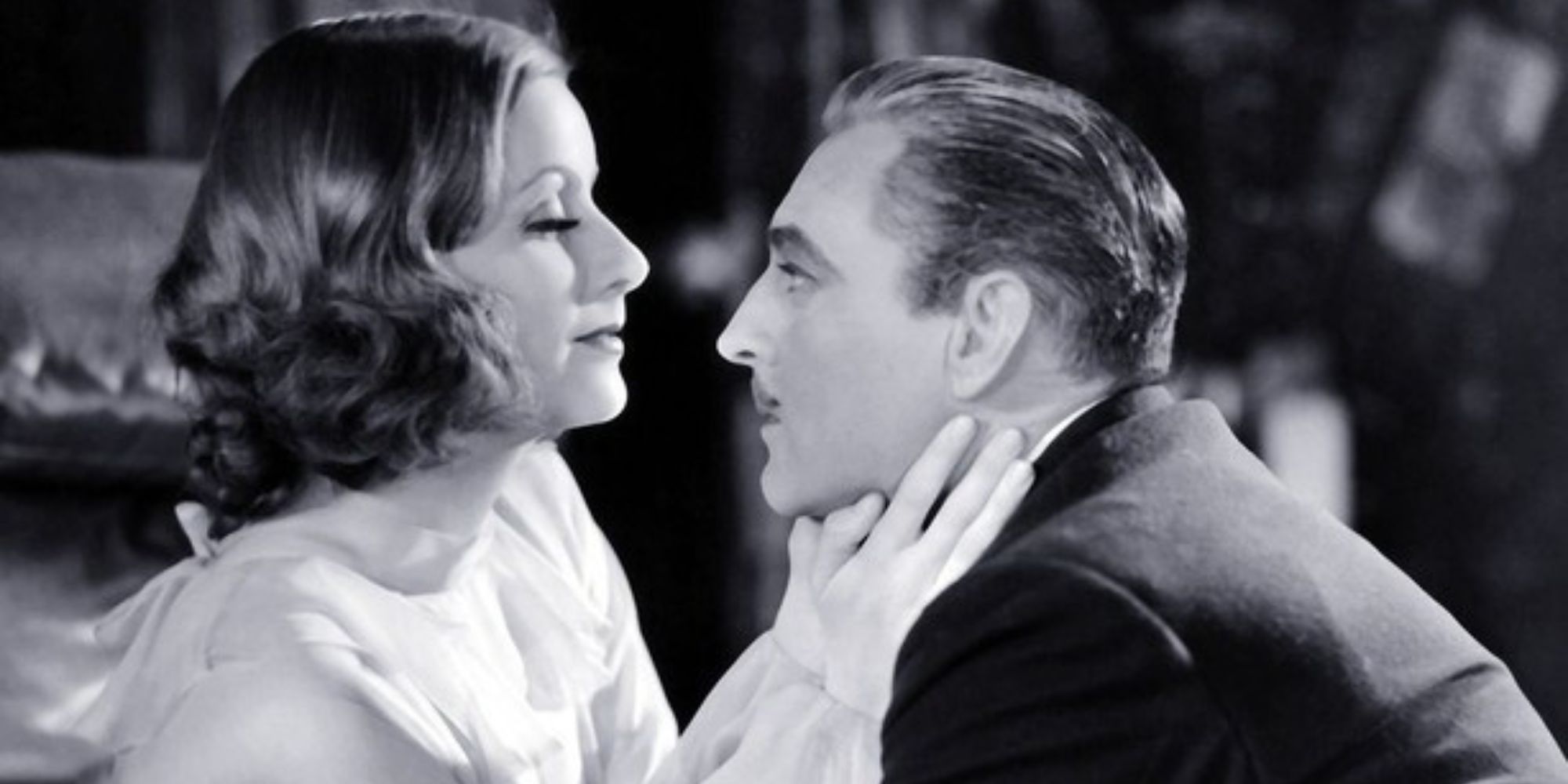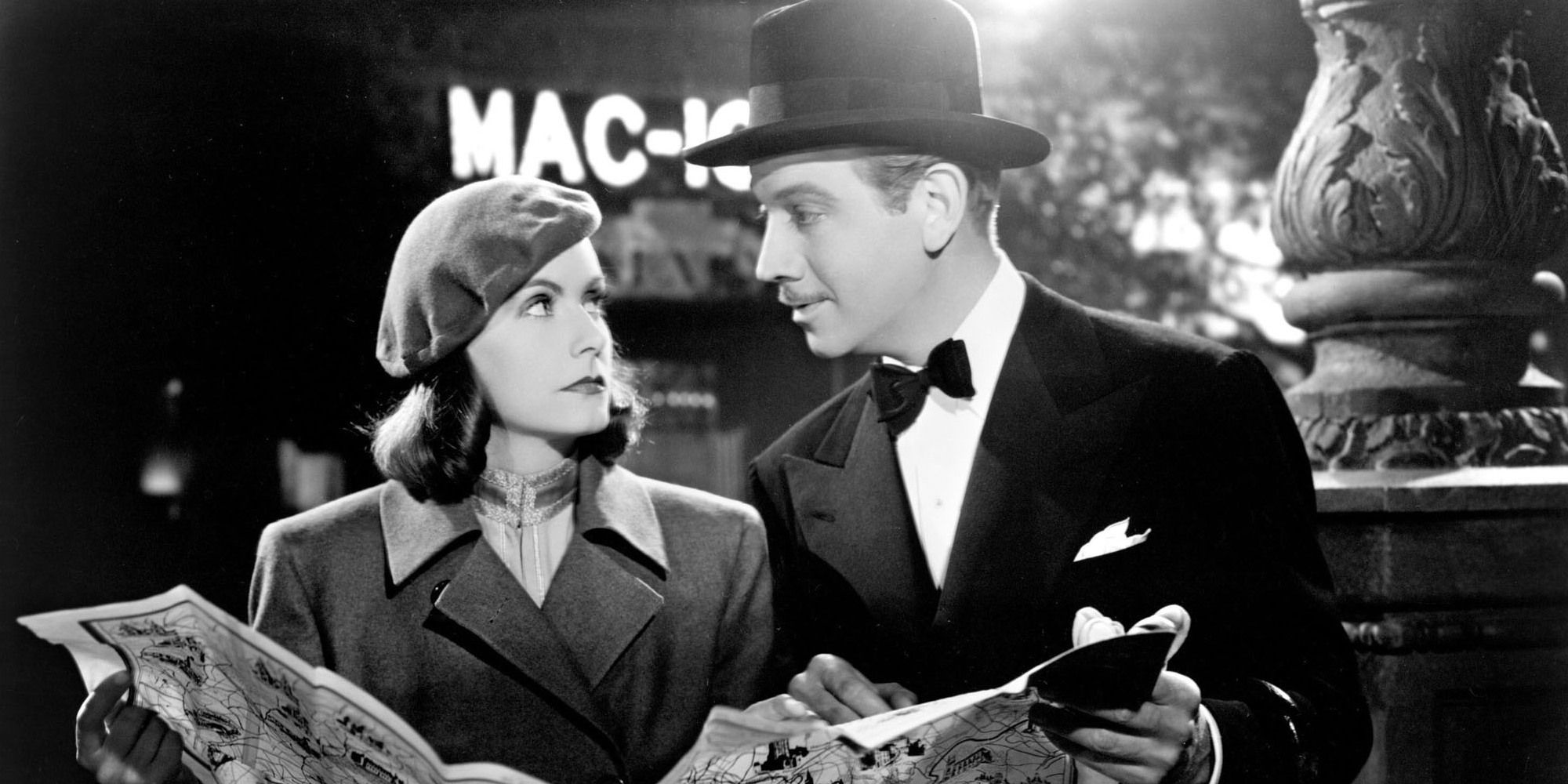Greta Garbo haunted the screen. With her otherworldly features, commanding silences, and ability to express oceans of emotion with a single glance, the Swedish-born actress defined Hollywood mystique in the 1920s and ’30s. Her career spanned the silent era and the dawn of sound (a tricky time for any star), but she never lost her allure, her melancholy power, or her refusal to conform.
With this in mind, the following movies capture the breadth of Garbo’s talent, from tragic lovers to regal rulers, tormented spies to sly satirists. Watching them is a great reminder of why, for a decade or so, she was one of cinema’s most magnetic stars.
10
‘Conquest’ (1937)
Directed by Clarence Brown
“If you go, I shall never forget you. If you stay, I shall never forgive you.” Conquest saw Garbo step into the role of Countess Marie Walewska, the Polish noblewoman who becomes the mistress of Napoleon Bonaparte (Charles Boyer). It’s an opulent historical drama, though a pretty dull and boring one. It’s undone by a lot of unclunky dialogue and some hammy supporting performances.
Nevertheless, Garbo and Boyer do a solid job with what little they have to work with. The latter even received an Oscar nod for his efforts. The chemistry between them adds fire to what might otherwise be stiff period pageantry. Garbo, for her part, convincingly conveys the cost of sacrifice: what it means to give yourself to a cause while watching your heart erode. Even when surrounded by empires and uniforms, the star makes the drama interior. Here, she’s a woman trapped between love and loyalty, and her final scenes feel like a quiet, internal war.
Conquest
Cast
-

Charles Boyer
Emperor Napoleon Bonaparte
-

Greta Garbo
Countess Marie Walewska
-

-

Alan Marshal
Capt. d’Ornano
9
‘Mata Hari’ (1931)
Directed by George Fitzmaurice
“I never look behind me. It is bad luck.” Things improve quite a lot with Mata Hari, which features Garbo in one of her most seductive and iconic characters. She has top billing as the infamous dancer and alleged spy who weaponized mystery and sensuality during World War I. Dressed in exotic silks and glittering jewels, she plays Mata Hari with an air of erotic power and doomed detachment. Beneath the veils and mystique, though, is a woman cornered by her own image.
Though maybe not all that historically accurate, the movie still paints a compelling portrait of a fascinating figure. Garbo cuts through the spectacle with authenticity and subtle gestures. Here, she makes seduction tragic, and betrayal feel like destiny. In other words, her performance turns a sensational story into something human and mournful. The final moments, as she faces execution, are devastatingly restrained. Garbo doesn’t plead. She doesn’t beg. She simply accepts.
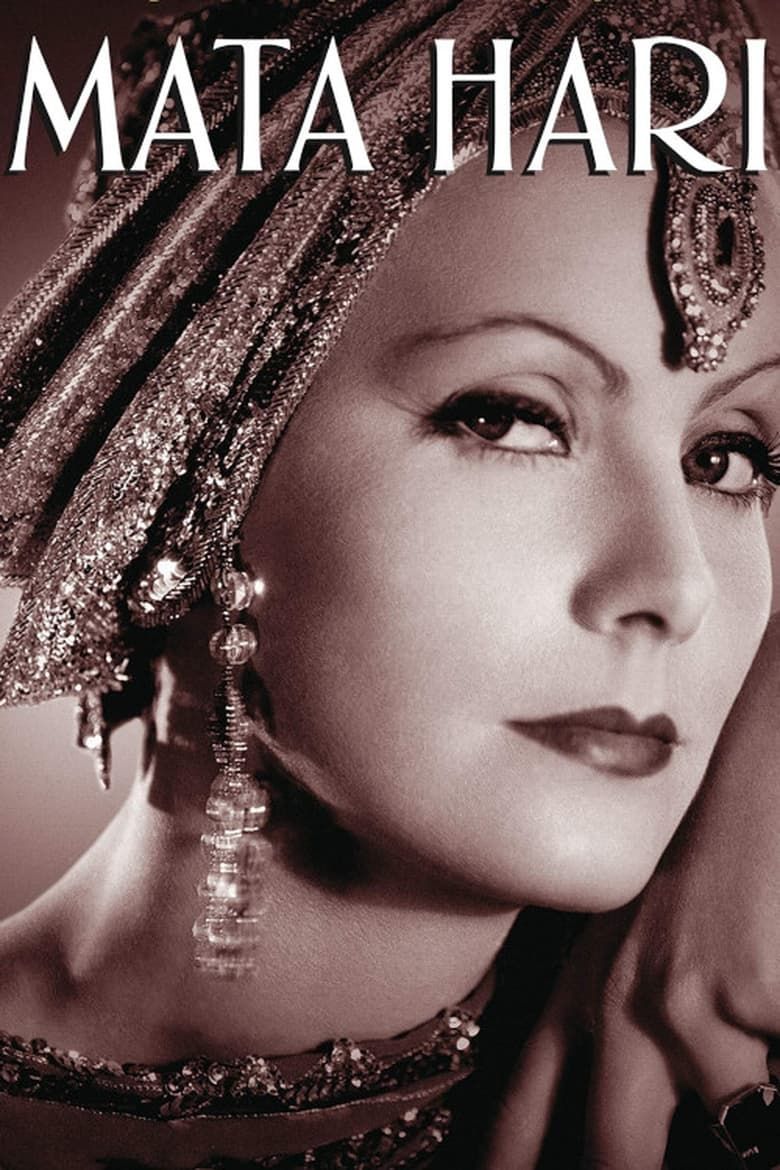
Mata Hari
- Release Date
-
December 26, 1931
- Runtime
-
89 minutes
- Director
-
George Fitzmaurice
- Writers
-
Benjamin Glazer
8
‘Anna Christie’ (1930)
Directed by Clarence Brown
“Gimme a whiskey, ginger ale on the side. And don’t be stingy, baby.” Anna Christie marked Garbo’s first speaking role, and the moment that turned “Garbo talks!” into a cinematic event. In it, she plays a hardened former sex worker who returns to her father after years away, trying to rebuild a life she knows is already tainted. Her voice, low and smoky, perfectly suits the weariness of a woman who has seen too much too young.
The film is a gritty, stage-bound melodrama, but Garbo electrifies every scene with aching realism. Her delivery is clipped, cold at first, but gradually softens as Anna tries (and usually fails) to reclaim innocence. She plays shame like a scar that’s never quite healed. This wasn’t just Garbo proving she could talk; it was her proving she could devastate with sound as deeply as she did in silence. She was rewarded with an Oscar nomination.
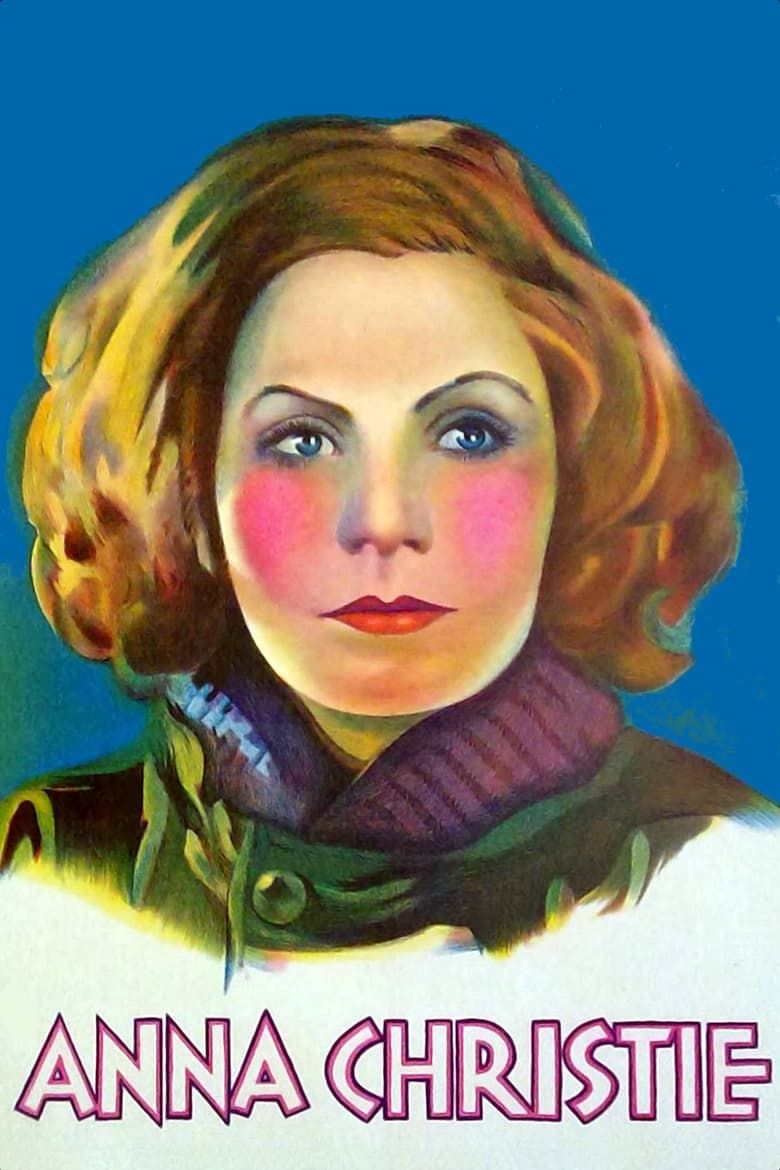
- Release Date
-
February 21, 1930
- Runtime
-
89 minutes
-

Charles Bickford
Matt Burke
-

Greta Garbo
Anna Christie
-

George F. Marion
Chris Christofferson
-

Marie Dressler
Marthy Owens
7
‘The Mysterious Lady’ (1928)
Directed by Fred Niblo
“You are right. I have no heart.” In this tragic/romantic spy thriller, Garbo plays a seductive Russian agent who falls for an Austrian officer. Their affair raises the suspicions of a dangerous, jealous general. The plot may hinge on espionage and loyalty, but Garbo turns it into a personal reckoning between duty and desire. Her character is cool and calculating, until she’s undone by love.
Despite some narrative missteps and a few dated sequences (it’s almost a century old, after all), The Mysterious Lady is still a good showcase for Garbo’s talents. Her magnetism holds the whole movie together. This is one of her finest silent performances, a masterclass in controlled emotion and slow unraveling. It’s further proof that, even without sound, she could say everything. Garbo’s glances are weapons. Her smiles are masks. She is the secret, the mystery, and the heartbreak all at once. When the betrayal comes, she doesn’t rage, she implodes.
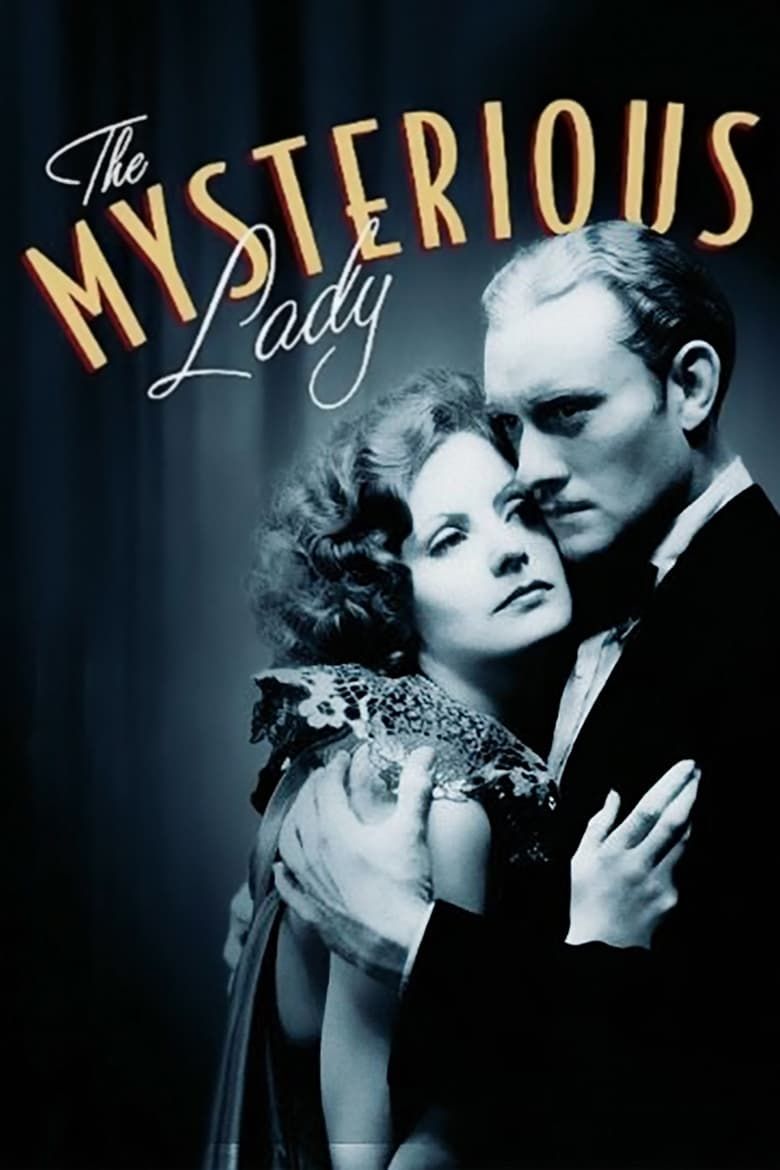
- Release Date
-
August 4, 1928
- Runtime
-
89 minutes
-

Conrad Nagel
Capt. Karl von Raden
-

Greta Garbo
Tania Fedorova
-

Gustav von Seyffertitz
General Boris Alexandroff
-

Albert Pollet
Max Heinrich
6
‘Anna Karenina’ (1935)
Directed by Clarence Brown
“I’ve loved you since the first day I saw you.” Anna Karenina gave Garbo one of her most classically tragic roles as Tolstoy’s doomed heroine, caught between societal expectation and forbidden love. As Anna, Garbo is luminous and restless, torn between her husband’s (Basil Rathbone) cold respectability and Vronsky’s (Fredric March) reckless passion. She moves through palaces and train stations with the grace of a woman who knows her fate, but can’t stop running toward it.
Director Clarence Brown surrounds her with elegance, but it’s Garbo’s turmoil that gives the film its weight. She plays longing not as an emotion, but as a disease you never recover from. Her fall is slow, inevitable, and believable. Though adaptations of Anna Karenina are plentiful, few capture the novel’s internal sorrow like this one, and only a handful of performers capture the same hypnotic melancholy. Plus, this movie thankfully condenses the book’s 864 pages into a lean 95 minutes.
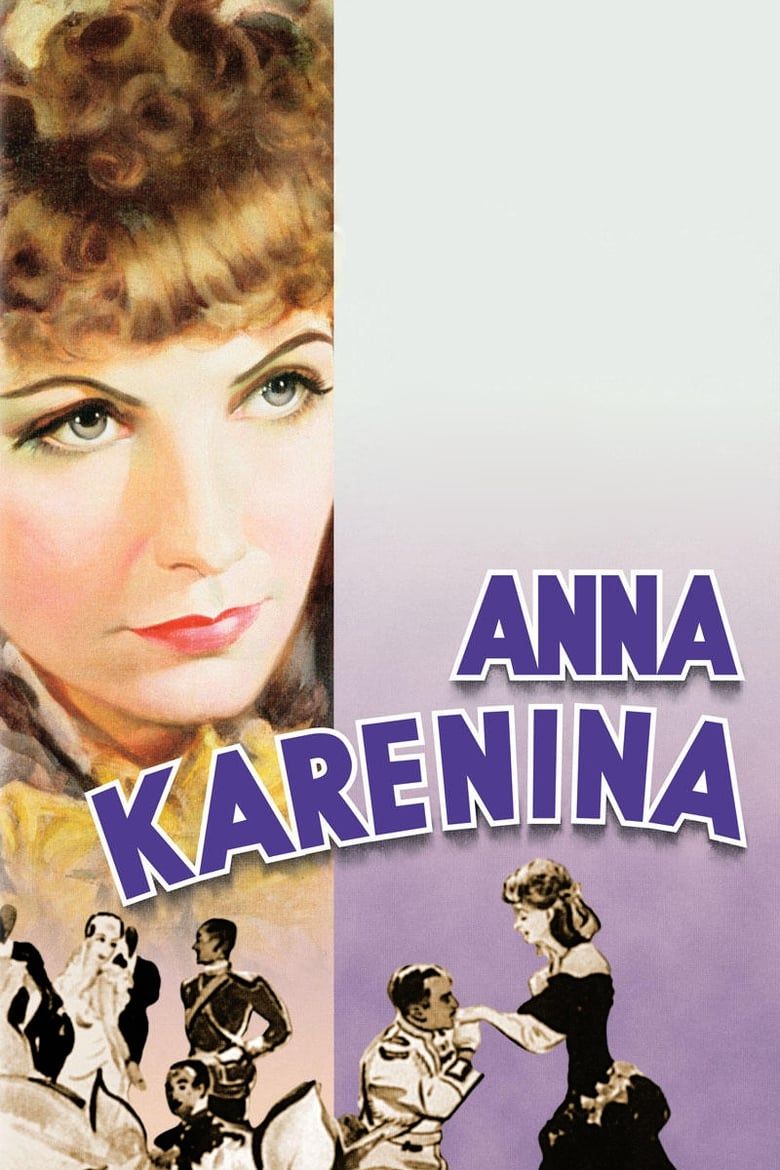
Anna Karenina
- Release Date
-
August 30, 1935
- Runtime
-
95 minutes
Cast
-

Fredric March
Count Vronsky
-

Greta Garbo
Anna Karenina
-

Freddie Bartholomew
Sergei
-

5
‘Queen Christina’ (1933)
Directed by Rouben Mamoulian
“I shall die a bachelor!” Queen Christina is the film that perhaps best captures the full range of Garbo’s power, from regal and romantic to tragic and wry. She plays the 17th-century Swedish monarch who rules with intelligence and independence, but finds herself torn between love and the burdens of power. The movie draws on a true story but throws in a few juicier fictional elements. In male clothing or royal robes, Garbo radiates command without ever raising her voice.
The film hints at fluid sexuality, political struggle, and Garbo’s own off-screen mystique (pretty bold for 1933). The final scene – Garbo silent, face turned to the wind on a ship bound for exile – is legendary. She conveys more in that one shot than most actors do in entire films. The scene greatly shaped Garbo’s career, helping to cement her allure and star power. Ultimately, Queen Christina isn’t just great Garbo, it’s the embodiment of her legend: romantic yet unreachable, bold yet unbearably sad.
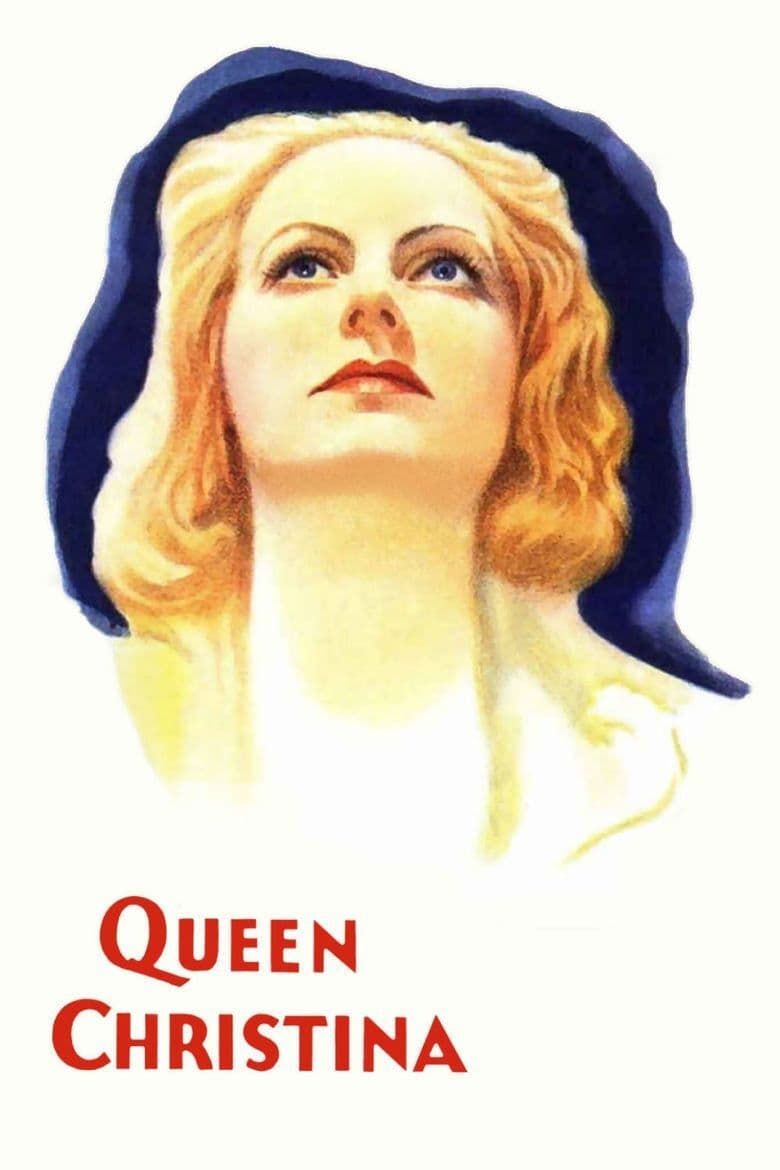
- Release Date
-
December 26, 1933
- Runtime
-
99 minutes
- Writers
-
Ben Hecht, Claudine West, H.M. Harwood, Rouben Mamoulian
- Producers
-
Walter Wanger
4
‘Camille’ (1936)
Directed by George Cukor
“I can’t help it. I must go on loving you.” Camille is a melodrama, yes, but one with veins full of blood and tears. Garbo is in top form here as Marguerite Gautier, a courtesan who falls for a younger man, only to sacrifice her love for his future. Originally penned by the son of The Three Musketeers‘ Alexandre Dumas, it’s a classic tale of doomed romance, elevated by Garbo’s ability to make even the most sentimental scenes feel lived-in.
She ably brings Marguerite’s contradictions – vanity, tenderness, defiance – into focus. You believe every tear, every lie, every desperate attempt to preserve dignity. As per usual, Garbo turns tragedy into something intimate and inevitable. Directed by the great George Cukor – The Philadelphia Story and My Fair Lady – and co-starring Robert Taylor, Camille gave Garbo one of her most iconic exits: a deathbed scene not of grand theatrics, but of soft surrender. It still packs an emotional punch.
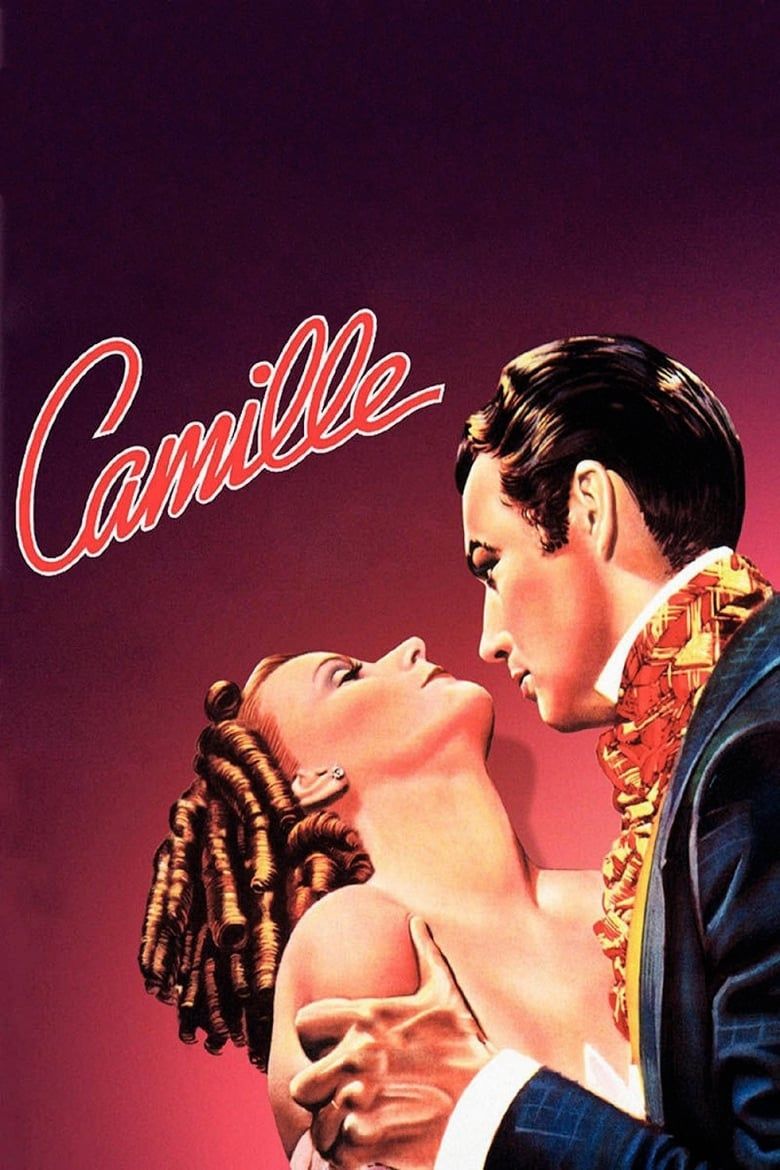
Camille
- Release Date
-
December 26, 1936
- Runtime
-
109 minutes
- Director
-
George Cukor
- Writers
-
Frances Marion, James Hilton
3
‘Grand Hotel’ (1932)
Directed by Edmund Goulding
“I want to be alone.” Grand Hotel is the film that coined Garbo’s most famous line and one of the key movies that crystallized her status as a screen enigma. In this ensemble drama set in a luxury Berlin hotel, she plays Grusinskaya, a lonely, emotionally fragile ballerina on the verge of collapse. Around her, lives intersect: criminals, lovers, businessmen. But it’s Garbo who haunts the hotel’s corridors.
In Grand Hotel, the star plays fragility like its nobility: exhausted, melodramatic, and yet somehow completely real. And while her iconic quote speaks of isolation, her dynamic with John Barrymore crackles with doomed glamour. Even in a crowded cast, she remains the magnetic center, her sadness towering above the noise. The film won Best Picture, but Garbo’s presence is what people remember. Her line was scripted. Her loneliness wasn’t. Overall, Grand Hotel remains one of the more watchable movies from the early ’30s and one of the most accessible in Garbo’s filmography.
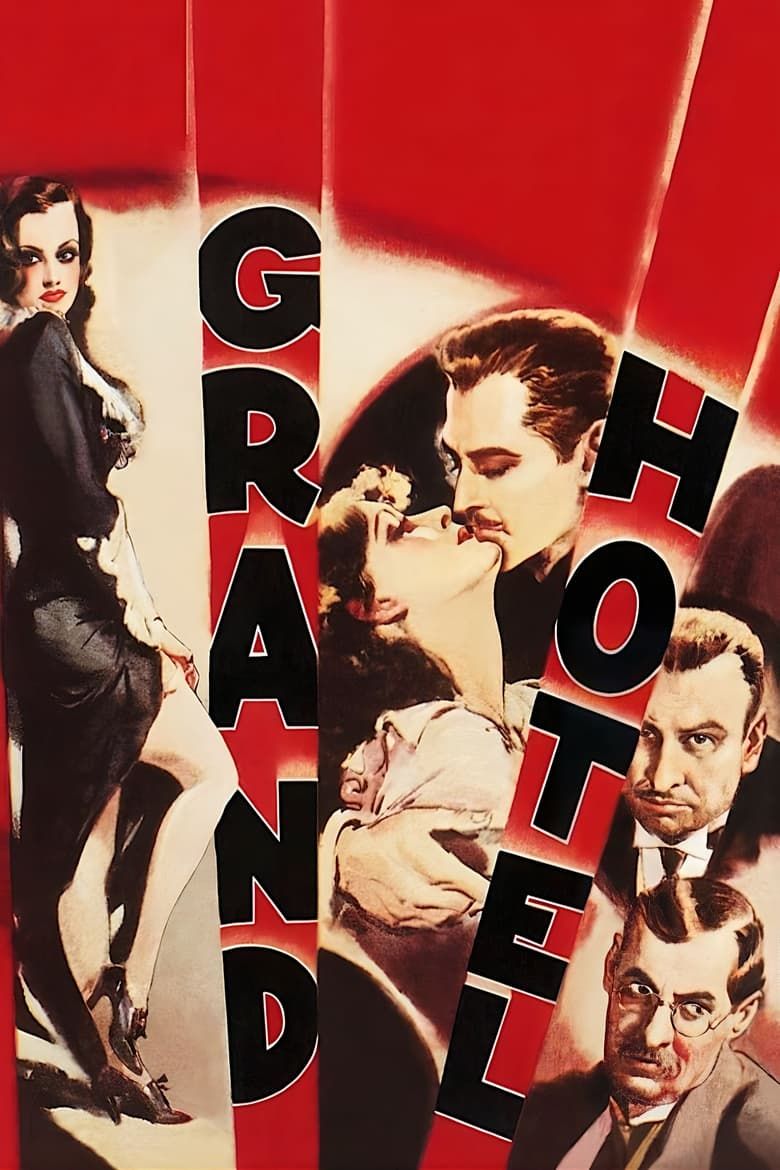
- Release Date
-
May 25, 1932
- Runtime
-
112 minutes
- Director
-
Edmund Goulding
- Writers
-
Vicki Baum
2
‘Flesh and the Devil’ (1926)
Directed by Clarence Brown
“When you go, I shall die.” Flesh and the Devil is the film that introduced Garbo to Hollywood, and paired her with John Gilbert in one of cinema’s earliest and most intense on- and off-screen romances. Garbo plays Felicitas, a seductive, married woman who ignites a love triangle between two lifelong friends. It’s a story of betrayal, obsession, and ruin. Cinematographer William H. Daniels frames the stars with painterly care, making them look even more striking.
Not that the performers need any help. Garbo’s interactions with Gilbert are volcanic in this movie. They barely touch, but the electricity between them scorches the frame. She plays desire with complete abandon, and she plays doom with equal commitment. Clarence Brown directs with shadows and suggestions, but Garbo brings the fire. A big commercial hit, the movie catapulted her to the forefront of 1920s Hollywood. But this wasn’t just her breakthrough, it was a declaration. From here on, Garbo would command the camera like few others ever could.
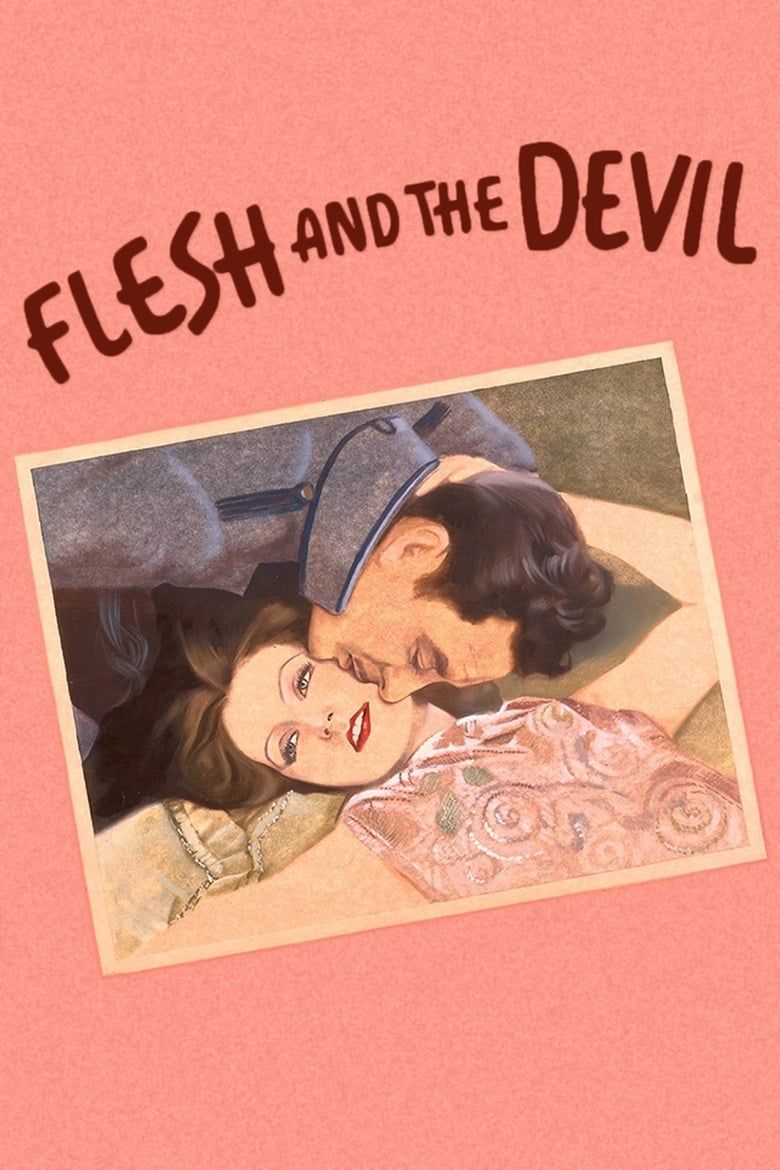
- Release Date
-
December 25, 1926
- Runtime
-
112 minutes
- Director
-
Clarence Brown
- Writers
-
Benjamin Glazer
1
‘Ninotchka’ (1939)
Directed by Ernst Lubitsch
“Must you flirt? Must you smile? Must your perfume be so loud?” Ninotchka was Garbo’s final great performance and her only successful comedy. As a stern Soviet envoy sent to Paris, she begins as the embodiment of ideological repression: humorless, severe, and inflexible. But over the course of the film, she softens, opens up, and falls in love with Melvyn Douglas‘ charming aristocrat. It’s a transformation that’s both hilarious and quietly moving.
Directed by Ernst Lubitsch – To Be or Not to Be and Heaven Can Wait – with his signature lightness, Ninotchka works because Garbo plays the comedy straight. She never mugs or winks. Instead, she simply lets the character unfold. Watching Garbo discover joy is like watching ice melt in real time. Her laughter was legendary. Her timing was perfect. And though the film is breezy, there’s sadness beneath the surface, the sense that love and freedom are always temporary. Ninotchka let Garbo laugh. It also let her say goodbye.
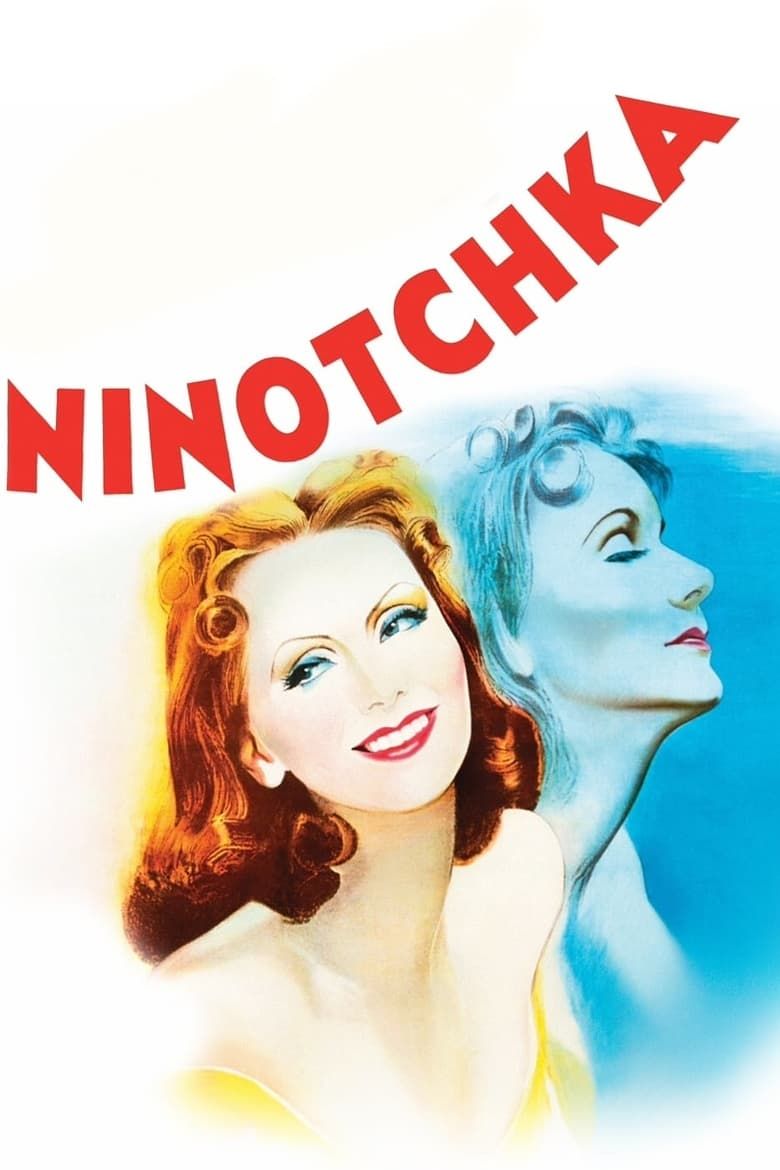
- Release Date
-
November 23, 1939
- Runtime
-
110 minutes
- Director
-
Ernst Lubitsch
- Writers
-
Billy Wilder, Charles Brackett

